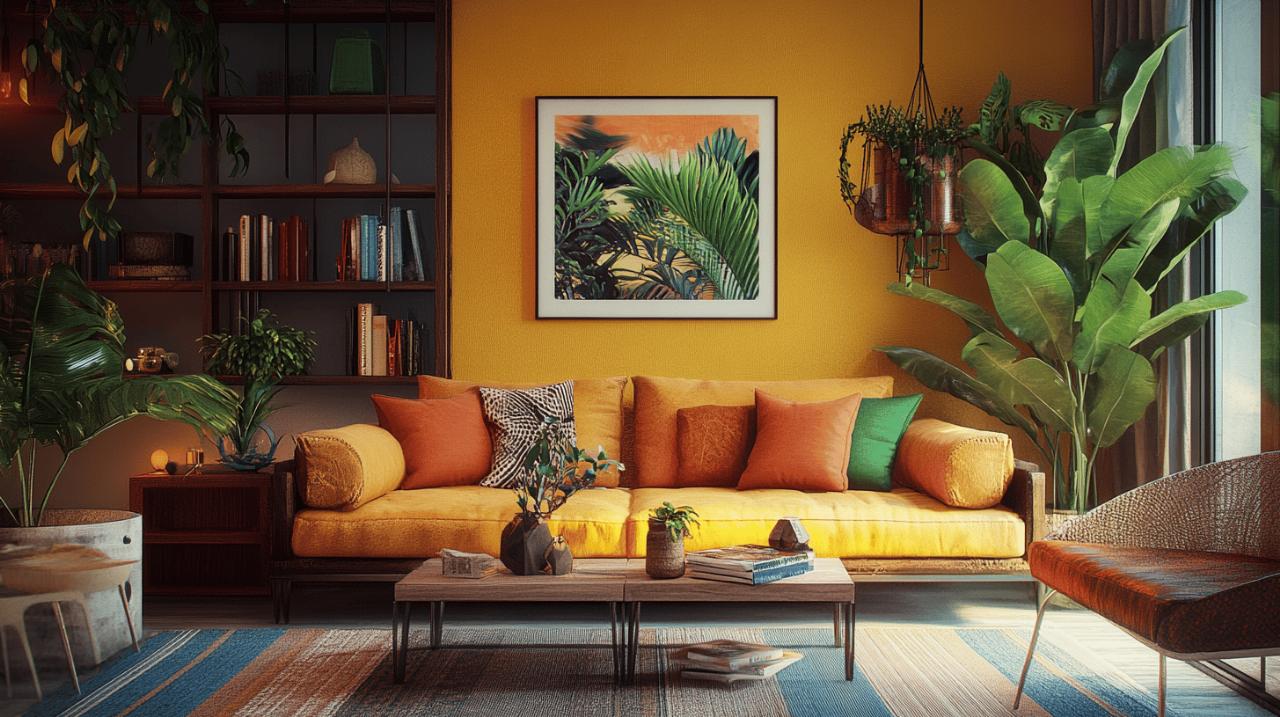The evolution of home spaces reflects our changing lifestyles, values, and technological advancements, creating exciting new possibilities for how we live and interact with our environments. Today's residences are becoming more adaptable, environmentally conscious, and aligned with personal wellbeing priorities.
Modern living space transformations
Living spaces are undergoing remarkable transformations as homeowners seek environments that better accommodate their evolving needs. UK consumers increased spending on home improvement projects by 36% during the pandemic years, signaling a significant shift in how people view and utilize their domestic environments.
Multifunctional room designs
The concept of single-purpose rooms is fading as flexible, multifunctional spaces become essential in contemporary homes. This approach aligns with minimalist principles that emphasize clean lines and neutral colors while maximizing utility. Broken-plan layouts offer an alternative to completely open floors, creating distinct zones within larger spaces that can adapt to various activities. Many designers at Casa Idea showcase innovative solutions for creating versatile areas that function as home offices, guest rooms, or entertainment spaces depending on immediate needs.
Sustainable material choices
The emphasis on eco-friendly design has revolutionized material selection in modern homes. Reclaimed wood, recycled steel, and other repurposed materials reduce environmental impact while adding character and warmth. Tom Dixon's Cork Collection exemplifies this trend with charred cork creating sophisticated yet rustic aesthetics. Neutral palettes and spiced pastels feature prominently in sustainable designs from retailers like Chaplins. Biophilic elements integrate natural materials and living components, connecting indoor spaces with the natural world and promoting wellness.
Wellness-centered lifestyle shifts
 The homeware industry has witnessed significant transformations, with UK consumers increasing spending on home improvement projects by 36% during the three years of the pandemic. This substantial investment reflects a deeper shift toward creating living spaces that nurture our overall wellbeing. Modern homes are evolving beyond mere functional spaces to become integrated environments that support physical health, mental clarity, and emotional balance.
The homeware industry has witnessed significant transformations, with UK consumers increasing spending on home improvement projects by 36% during the three years of the pandemic. This substantial investment reflects a deeper shift toward creating living spaces that nurture our overall wellbeing. Modern homes are evolving beyond mere functional spaces to become integrated environments that support physical health, mental clarity, and emotional balance.
Home sanctuary creation
Creating personal sanctuaries within our homes has become a priority for many homeowners. This trend emphasizes transforming living spaces into retreats that promote relaxation and restoration. Key elements include the integration of sustainable and natural materials like reclaimed wood, neutral color palettes that calm the senses, and multifunctional designs that maintain simplicity while maximizing utility. Products from brands like Neil's Yard Remedies, with their electric diffusers and aromatherapy oil burners, reflect this focus on sensory wellness. ReSt's cutting-edge sleep technology in beds demonstrates how even our most basic furnishings are being reimagined to enhance wellbeing. The trend toward warm minimalist schemes and biophilic design principles further illustrates how homes are being crafted to nurture both body and mind, bringing natural elements indoors to create spaces that feel both grounding and rejuvenating.
Digital detox zones
As our lives become increasingly saturated with technology, many homeowners are carving out dedicated spaces for digital disconnection. These intentional zones represent a counter-movement to the smart home technology trend, which integrates devices through voice commands and mobile apps. Digital detox areas feature thoughtful design elements that promote mindfulness and presence—comfortable seating for reading physical books, spaces for analog hobbies, and layouts that encourage face-to-face conversation. The rising popularity of 'broken plan' layouts rather than completely open floor plans allows for these specialized retreats within the home. Trends like the 'hyggekrog' (cozy nook), 'Conversational cosy' arrangements, and 'Mindful home' concepts all support this movement toward creating spaces that facilitate meaningful human connection and mental restoration. This balancing act between embracing technological convenience while preserving spaces for digital disengagement represents one of the most nuanced aspects of contemporary home design.







